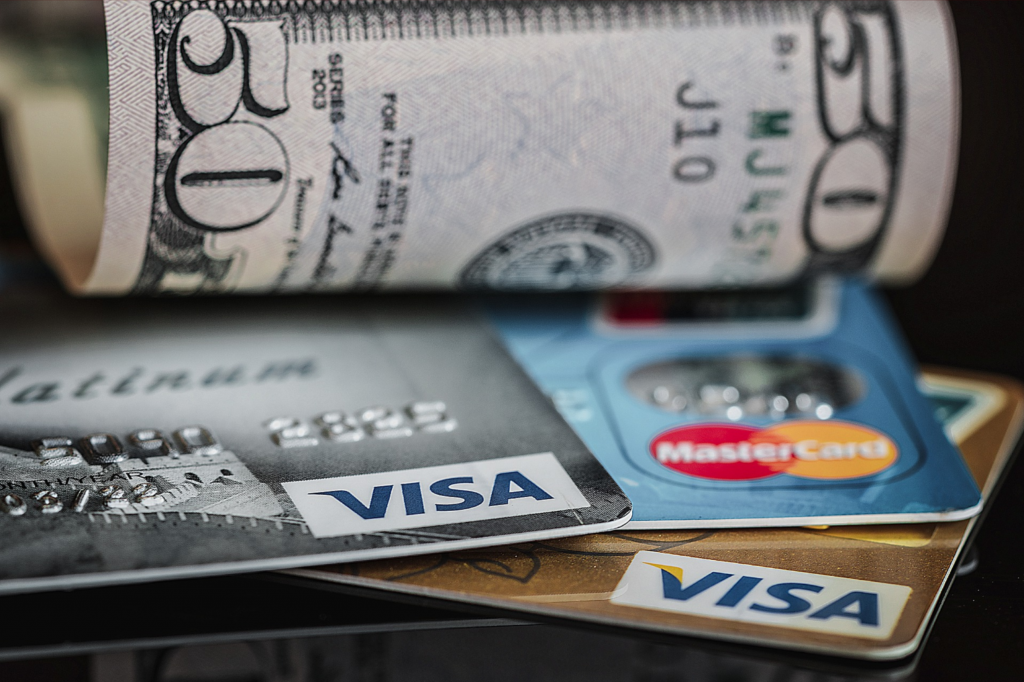A CVV number is a 3 or 4-digit number found on the back of credit cards. The card verification value (CVV) code is an anti-fraud security feature to help verify that you have the actual credit card in your possession. It’s also known as CSC, CVC2 or CVN.
The CVV is an anti-fraud security feature to help verify that you have the actual credit card in your possession. However, when the CVV number is not available when making purchases online with your credit or debit card, it can make shopping more dangerous for consumers.
A CVV number is typically a 3-digit or 4-digit number found on the back of credit cards. It may be printed as a bar code to make it easier to input into websites during online purchases. Some cards have a four digit number on the front of the card in addition to the three-digit CVV number on the back.
The CVV is an anti-fraud security feature that helps verify that you have the actual credit card in your possession. The code is used as an added layer of security for online purchases, in addition to your card number and expiration date. When making a purchase online, the CVV number is generally requested in addition to the card number and expiration date.
However, when the CVV number is not available when making purchases online with your credit or debit card, it can make shopping more dangerous for consumers. In some cases, you may be able to input the last four digits of your Social Security Number as an alternative to the CVV number, but this is not always the case.
If your credit or debit card is lost or stolen, and you don’t have your CVV number available, it can be more difficult to cancel the card or dispute fraudulent charges. That’s why it’s important to keep your CVV number in a safe place, separate from your credit or debit card.
If you’re not sure where to find your CVV number, check the back of your credit card for the three or four digit code. If you have a Visa, Mastercard, or Discover card, the CVV number will be on the back of the card. For American Express, the CVV is either on the front of the card on the right-hand side above the numbers or on the back of the card in a very small font.
It can be a challenge to remember a three or four digit number when you might only have seconds to input it during online transactions. However, keeping your CVV number in a safe place can help protect your identity and save you the hassle of canceling lost or stolen cards.
It’s easier to remember where you put something than what the three-digit code was, especially if it’s an online purchase and you’re rushing. If you lose your credit card and need to report it to customer service immediately, it’s much more difficult if you don’t have the CVV number memorized.
Some banks offer apps that will store your CVV number for you, so that you don’t have to worry about memorizing it or writing it down. This can be a helpful solution if you’re worried about losing your credit card or forgetting the CVV number. There may be a small monthly fee associated with these apps, but it can be worth the peace of mind if you’re worried about identity theft.
If you swipe your credit card as a method of payment during an online transaction and don’t enter a CVV number or confirm that one was entered correctly on your end, the transaction may be rejected. This can help protect you from unauthorized charges.
If a transaction is approved with no CVV number or a mistyped one, it might be because the business is using an older card processing system that does not require the extra security feature for online credit card transactions. In this case, report any unauthorized purchases as soon as possible to the credit card company.
Some websites also require you to enter your billing address as another layer of security against fraud. The billing address is the address where your monthly credit card statement is sent. This information can be helpful in verifying that you are the true owner of the credit card.
If you’re not sure what your billing address is and need to cancel a lost card quickly, you can try contacting your credit card company. If you do not receive your monthly statements electronically, they may be able to provide you with this information.
If an online merchant only requests the last four digits of your Social Security Number as an alternative to the CVV number, it’s probably a good idea to shop somewhere else. Your Social Security Number should be a highly guarded piece of information, and only used in cases where it’s absolutely necessary for security purposes.
Keeping your Social Security Number private can help prevent identity theft, so don’t use it as an alternative to the CVV number on a credit card purchase unless you’re absolutely sure the website is legitimate.
When it comes to online shopping, your credit card’s security features are not just there for emergencies. They’re in place to ensure that you never have to worry about identity theft when making purchases on the web. Stay safe by knowing where you kept your CVV number and using it during transactions if it’s requested. If you ever lose your credit card, knowing the number can save a lot of hassle and frustration.
